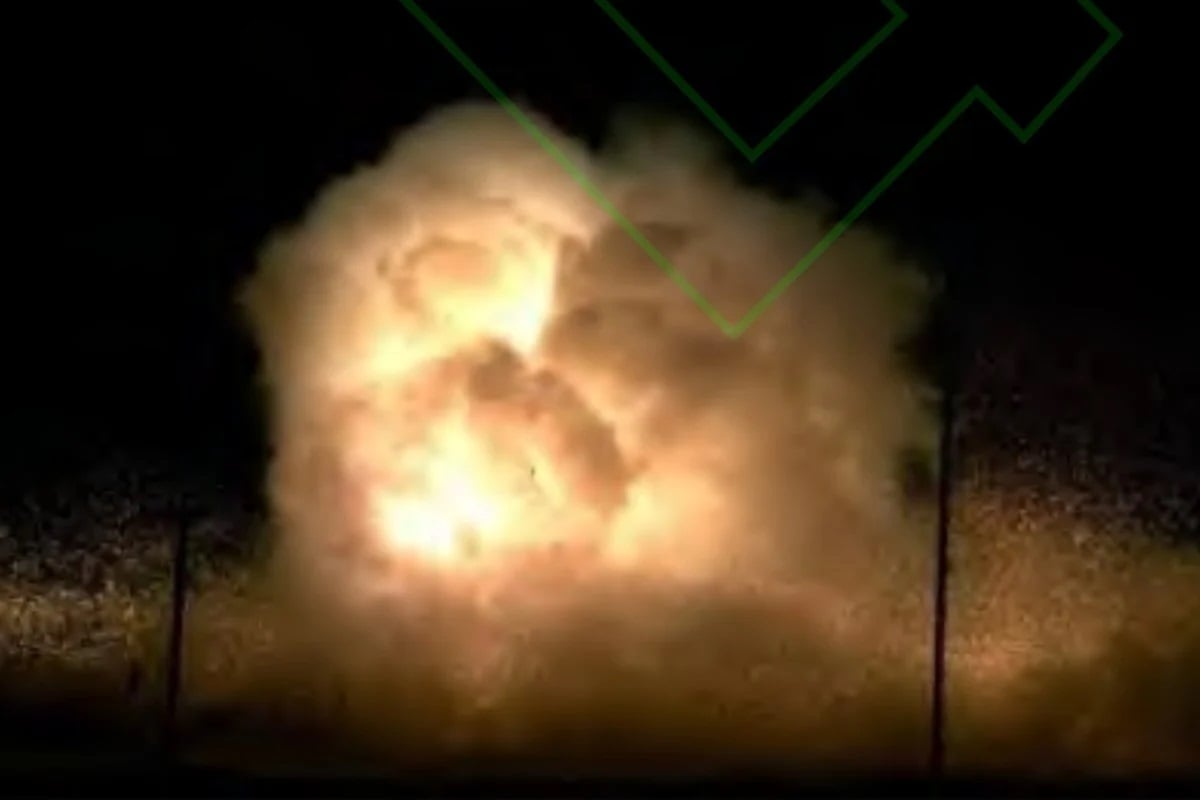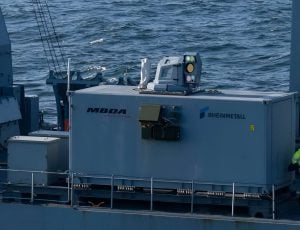A team of researchers in China has reported a significant advancement in explosive technology, claiming the successful detonation of a two-kilogram non-nuclear hydrogen bomb. The team conducted the experiment during a controlled field test, resulting in a colossal chemical chain reaction that produced a fireball exceeding temperatures of 1,000 degrees Celsius (1,832 degrees Fahrenheit). This intense heat is sufficient to melt aluminum alloys, showcasing the destructive potential of the device.
The explosion lasted over two seconds, a duration that is reportedly 15 times longer than a typical TNT explosion, according to the South China Morning Post. This prolonged blast allowed for intense thermal damage over a wider area, as the heat from the explosion dispersed uniformly.
Team leader Wang Xuefeng elaborated on the nature of hydrogen gas explosions, indicating that they ignite with minimal energy and feature a broad explosion range. The flames from such explosions expand rapidly and spread widely, suggesting that their application could be particularly effective in destroying high-value military targets, although the full spectrum of potential uses for this technology remains unclear.
Unlike conventional explosives, hydrogen bombs utilize a solid-state material known as magnesium hydride, which has the capacity to store much more hydrogen than traditional pressurized gas tanks. When exposed to conventional explosives, magnesium hydride decomposes rapidly, releasing a high-energy hydrogen gas. When this gas mixes with air and is subsequently ignited, it triggers a violent combustion reaction, leading to a sustained and powerful blast.
However, the process of manufacturing magnesium hydride comes with significant challenges. The material is highly reactive, and even minimal exposure to air can trigger severe explosions, making production hazardous. Currently, the team can only produce “a few grams per day” due to the extreme conditions necessitated by the reactive nature of the material.

















